Search
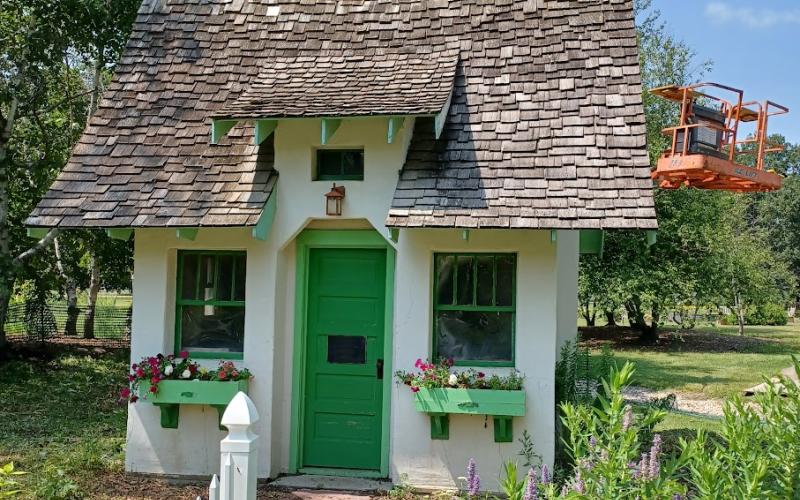
SDSU Extension, McCrory Gardens start summer 2024 programming with Garden Discovery Festival
May 14, 2024
South Dakota State University Extension and McCrory Gardens will start its summer programming season with the Garden Discovery Festival on May 19, 2024.
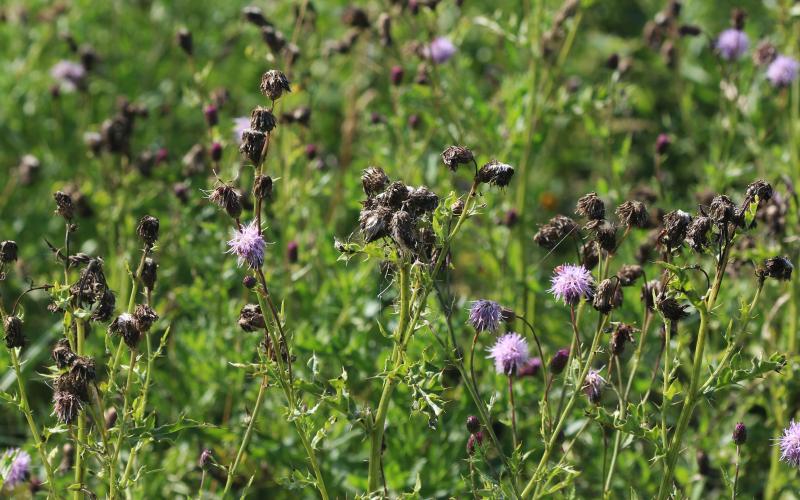
Current State of Noxious Weed Management in South Dakota
Results of an online survey to determine how South Dakota stakeholders are currently managing noxious weeds.
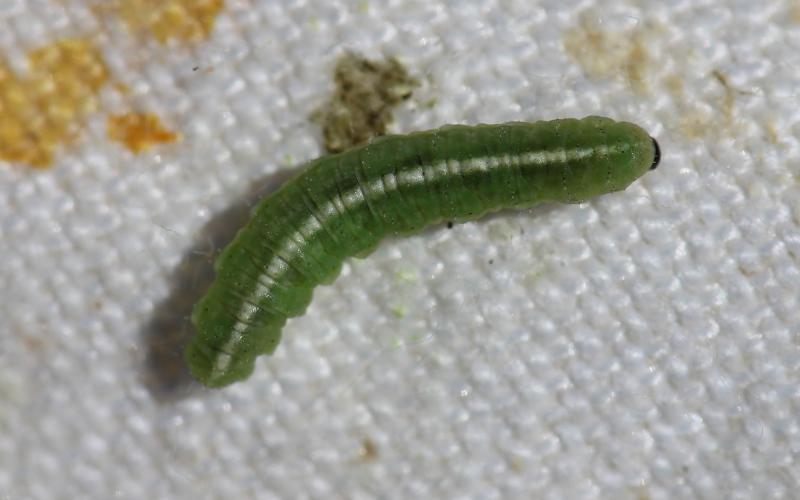
Alfalfa Weevil Activity Prediction Update: May 16, 2024
South Dakota finally warmed up and as a result, alfalfa across the state should be scouted for alfalfa weevil larvae.
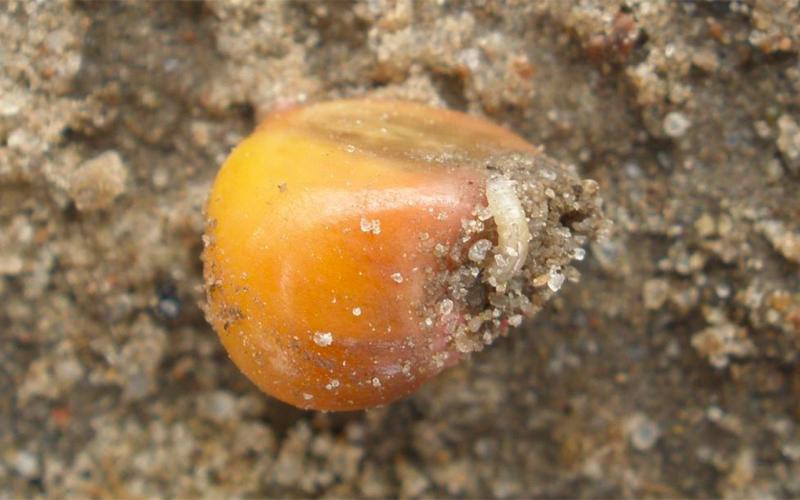
Seedcorn Maggot Degree Day Activity Estimates: May 16, 2024
Based on accumulated degree days, areas in southern South Dakota are approaching the peak emergence period for the second generation of seed corn maggots.

Common Stalk Borer Activity Estimate: May 16, 2024
Common stalk borer caterpillars are still active in grass and weeds along field edges. Based on recent degree day data throughout the state, no scouting is necessary for common stalk borer activity in fields yet.
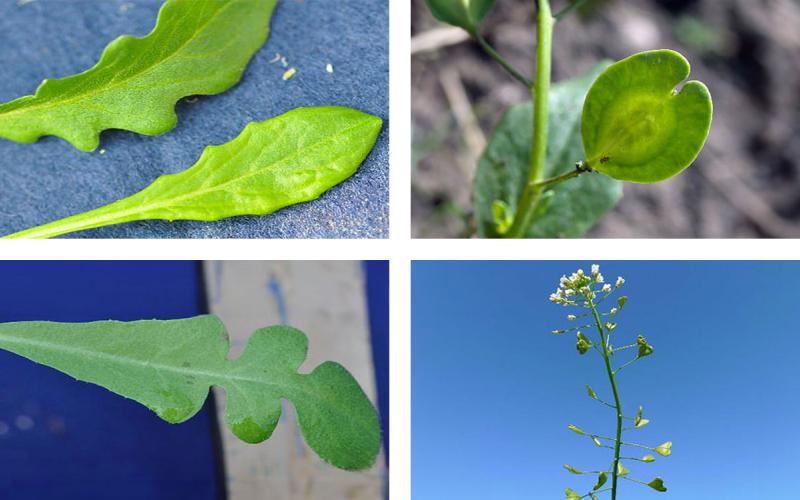
Early Season Prevalence of Field Pennycress and Shepherd’s Purse
Many fields that are planted to winter wheat or have yet to be tilled may have a healthy infestation of field pennycress or shepherd’s purse. Learn some expert tips for identifying and managing these weeds before they become a problem this growing season.
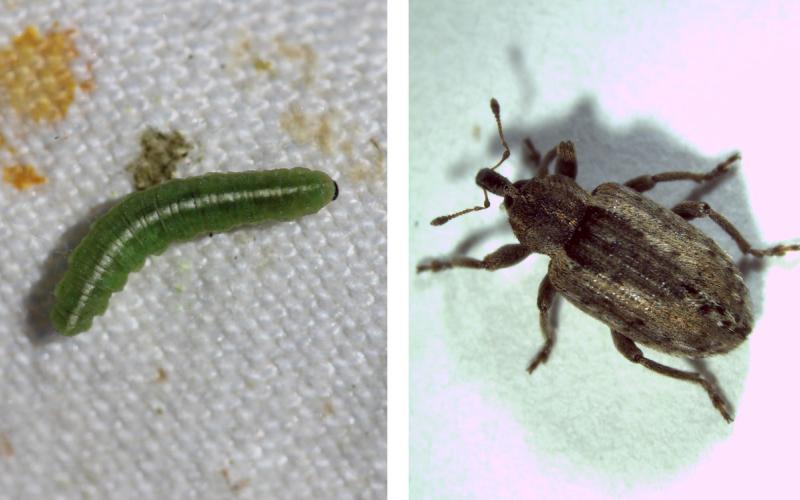
It’s Time To Start Scouting for Alfalfa Weevils
This week, alfalfa weevil larvae have been spotted in the fields. Routine scouting is the best method to ensure that alfalfa isn’t heavily defiolated by this pest.
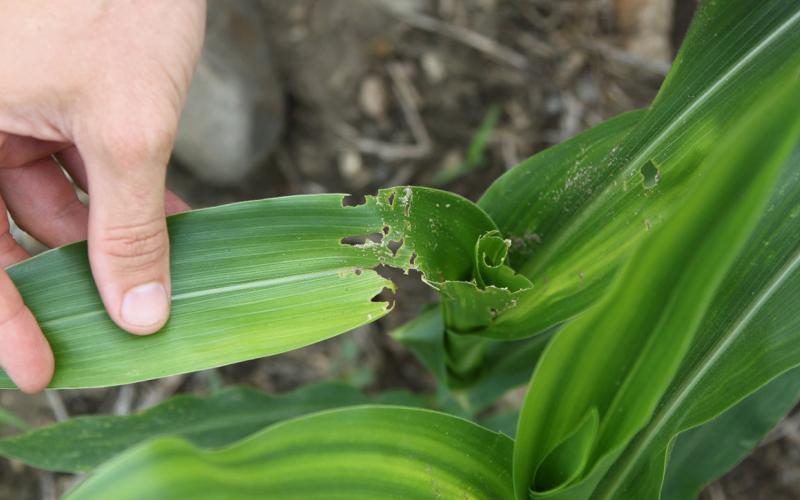
Common Stalk Borers and Why They Matter in Early Season Corn
Based on current degree day accumulations, the common stalk borer caterpillars are developing within weeds and grass hosts. Once the caterpillars outgrow these hosts they will begin moving into corn fields.

Common Stalk Borer Activity Estimate: May 24, 2024
Throughout South Dakota, common stalk borer caterpillars are still active in alternative weed and grass hosts.

Seedcorn Maggot Degree Day Activity Estimates: May 24, 2024
Parts of South Dakota are currently at, slightly below, or over the 1,080 degree days for the peak second generation emergence of seedcorn maggots.